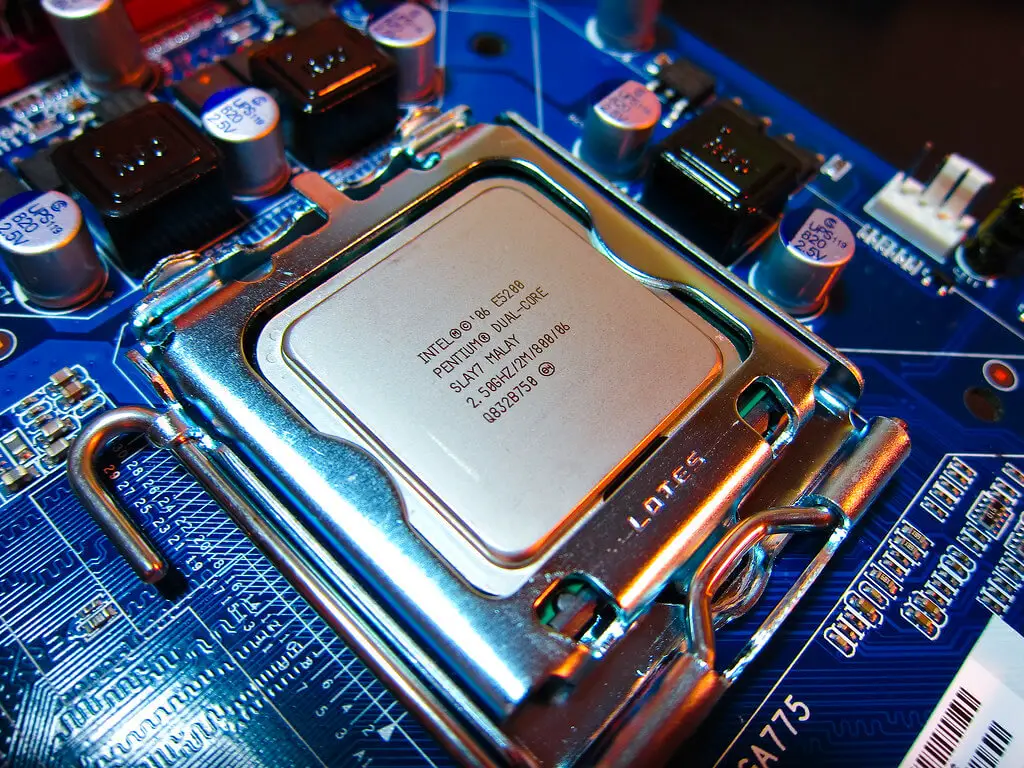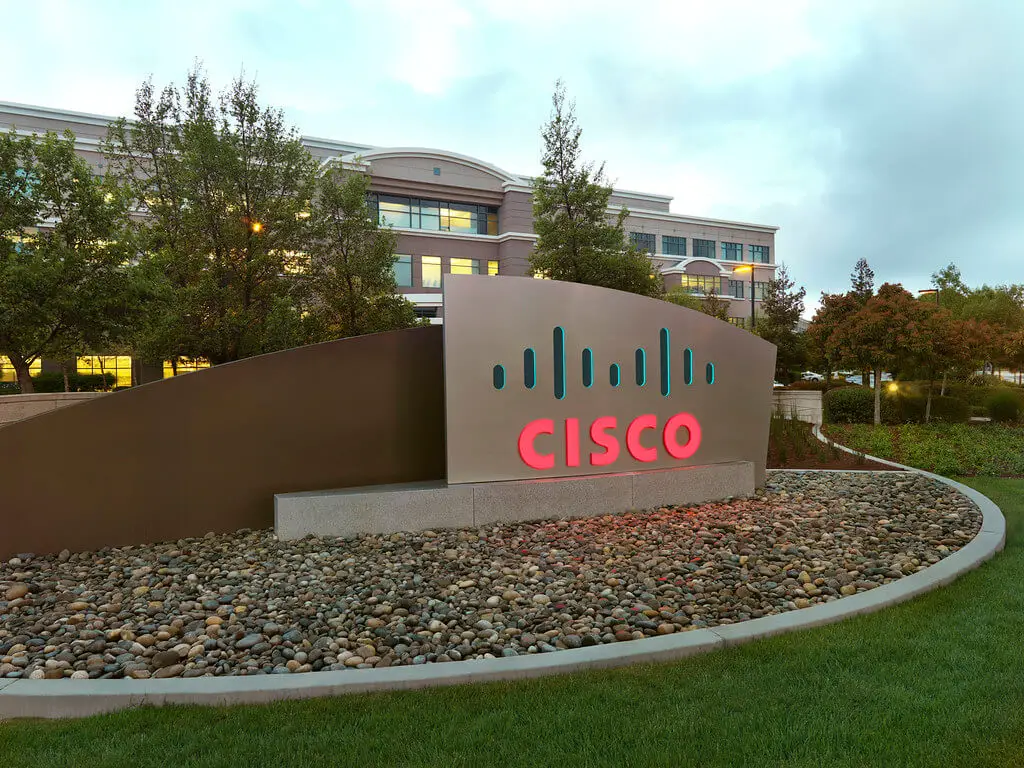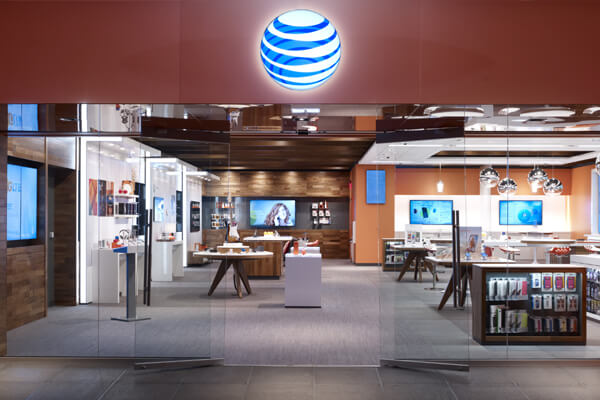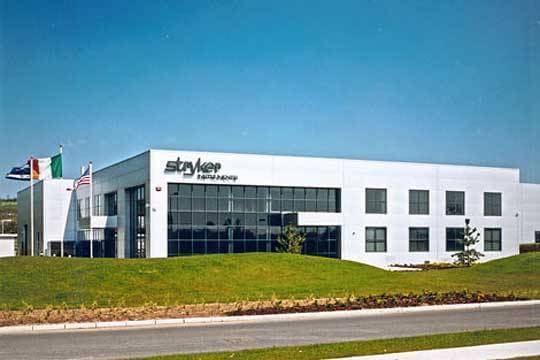Intel Mission and Vision Analysis

Intel’s mission statement is “Delight our customers, employees, and shareholders by relentlessly delivering the platform and technology advancements that become essential to the way we work and live.” The statement outlines the steps that the company wants to take to stamp its influence in the business of semiconductor chips production. The following elements characterize this mission statement:
- Improvement of lives
- Exceeding expectations
- Technological advancements
The first component of this mission statement echoes the primary objective of Intel – to impact on the way people work and live. The company satisfies this element by linking its product development to the impact they have on the lives of the user. For instance, it stresses on the design of systems and devices that gifts the user with maximum and worthwhile experiences in all their operations.
The second characteristic of Intel’s mission statement is directly related to the first because it revisits the quality standards as a norm in this company. Intel seeks to have an output that offers all its stakeholders and customers more than the products. While doing so, the third component shows that Intel is a company of progressivity, and that is why it emphasizes on advancing its technology to suit the latest demands in the markets.
Introduction
Intel is a technology company, whose mission and vision statement has seen the company rise as one of the most dynamic firms of its time. Ever since its foundation by Robert Noyce and Gordon Moore in 1968, the company has defined and refined itself as a unique manufacturer of semiconductor chips.
Its specialized focus aided by its mission and vision statement as gown the company into a multinational corporation commanding the largest market share in the areas it operates in. The vision statement of Intel is a reflection of where the company wants to be in the future, and in this case, the firm the milestones it intends to achieve.
The mission statement of a business lays out the strategic approaches that would lead the company towards its future. Intel mission statement zeros of its ability to design products that meet the needs of its customers especially in improving the way that they live. Intel has particularly enjoyed sustained growth due to the strength of the core values of the company such as quality, inclusive and great working place, risk-taking, orientation to results and discipline. These elements significantly realign the operation of the business to comply with the mission and vision statement of the firm.
Vision Statement
Intel’s vision statement is “If it is smart and connected, it is best with Intel.” The vision statement reveals that Intel Corporation is all about excellence and perfection. It underscores the addiction of the company to success, and that it settles for nothing less. The various characteristics that emerge from this vision statement include:
- Smart and connected
- Best with Intel
In the first component, this vision statement shows what the company seeks to provide its customers with. Intel is a company whose ambition is to conquer and be the best in its business operations. In this case, it targets products that have a significant impact on the lives of its customers as highlighted in its devices section.
In fact, the wide range of options that these smart products provides its users with is the pride of Intel Corporation. The uniqueness of these products is directly linked to the ingenuity of the workforce at Intel, explaining the framing of the second component of this vision statement – best with Intel. It shows that the company has the right machinery to provide state of the art technological devices for all its customers.
Core Values
Intel core values include “customer orientation, discipline, result orientation, inclusive and great place to work in, quality, and risk-taking.” These are the defining elements of what makes Intel run as an entity.
Its values are evidence that Intel listens and aligns its operations to the expectations of its customers, and meeting these is a sign of the company commitment to satisfy the challenges that accompany the needs of all the customers. Intel also acknowledges the power of respect in an interactive and cooperative environment where the company can bring out the best of all its employees. In this way, the company does not scare from engaging in new experiments that have been the source of the quality products it prides in the market today.
References
- Barchiesi, M. A., & La Bella, A. (2014). An analysis of the organizational core values of the world most admired companies. Knowledge and Process Management, 21(3), 159-166.
- Collins, P. H. (2016). Toward a new vision: Race, class, and gender as categories of analysis and connection. In Race, Gender and Class (pp. 65-75). Routledge.
- Dermol, V. (2012). Relationship between mission statement and company performance. Analele Ştiinţifice ale Universităţii» Alexandru Ioan Cuza «din Iaşi. Ştiinţe economice, 59(1), 325-341.
- Intel – Company overview.
- Kim, J., Lee, C. Y., & Cho, Y. (2016). Technological diversification, core-technology competence, and firm growth. Research Policy, 45(1), 113-124.
- King, D. L., Case, C. J., & Premo, K. M. (2010). Current mission statement emphasis: be ethical and go global. Academy of Strategic Management Journal, 9(2), 71.
- Manohar, S. S., & Pandit, S. R. (2014). Core values and beliefs: A study of leading innovative organizations. Journal of Business Ethics, 125(4), 667-680.
- O’Connell, D., Hickerson, K., & Pillutla, A. (2011). Organizational visioning: An integrative review. Group & Organization Management, 36(1), 103-125.
- Rahimnia, F., Moghadasian, M., & Mashreghi, E. (2011). Application of grey theory approach to evaluation of organizational vision. Grey Systems: Theory and Application, 1(1), 33-46.
- Salem Khalifa, A. (2011). Three Fs for the mission statement: what next?. Journal of Strategy and Management, 4(1), 25-43.
- Salem Khalifa, A. (2012). Mission, purpose, and ambition: redefining the mission statement. Journal of Strategy and Management, 5(3), 236-251.
- Slack, F. J., Orife, J. N., & Anderson, F. P. (2010). Effects of commitment to corporate vision on employee satisfaction with their organization: An empirical study in the United States. International Journal of Management, 27(3), 421.
- Srivastava, M., Franklin, A., & Martinette, L. (2013). Building a sustainable competitive advantage. Journal of technology management & innovation, 8(2), 47-60.
- Strong, C. (1997). The question we continue to ask: How do organisations define their mission?. Journal of Marketing Practice: Applied Marketing Science, 3(4), 268-283.
- Sufi, T., & Lyons, H. (2003). Mission statements exposed. International journal of contemporary hospitality management, 15(5), 255-262.
- Weijermars, R. (2011). Vision Sharing and Leadership Succession. In Building Corporate IQ–Moving the Energy Business from Smart to Genius (pp. 71-84). Springer, London.










